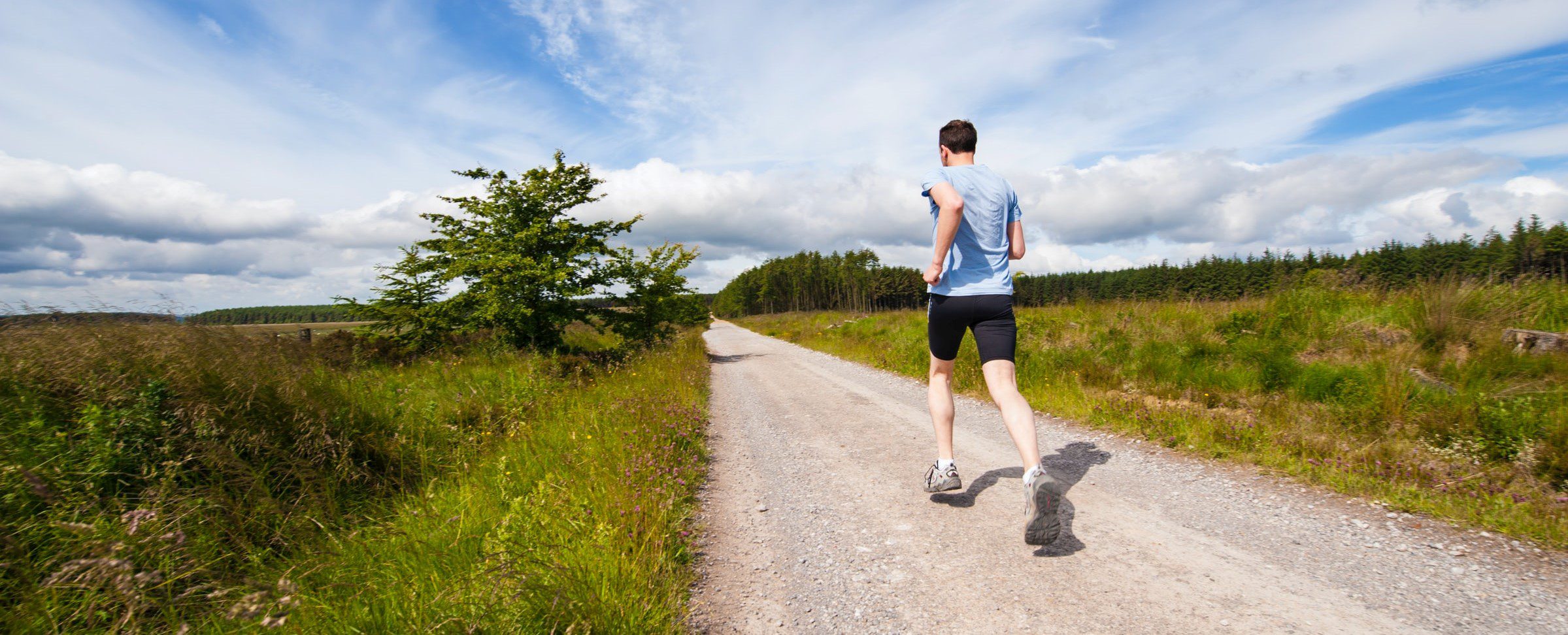Spine
10 Practical Tips to Deal with Osteoporosis
Here are 10 tips to decrease osteoporosis risk and to help you take care of your precious bones: Know your risk: Osteoporosis is characterized by weakened bones. Certain factors increase your risk of developing the disease. They include family history, gender, age, body type, race, menstrual history, personal history, and lifestyle. Knowing your risk factors can help […]
Read more
Sciatica Tips
Sciatica Tips to Help your Pain Sciatica is a pain, tingling, or numbness produced by an irritation of the nerve roots that lead to the sciatic nerve. The sciatic nerve is formed by the nerve roots coming out of the spinal cord into the lower back. It goes down through the buttock, then its branches extend […]
Read more
Spine Injury Prevention Tips
Our spine is composed of hard bones that protect the soft tissues of the spinal cord. However, despite the toughness of our spine, it can still be broken or dislocated in a variety of ways and cause injury to the spinal cord. Injuries can occur at any level of the spine. The segment of the […]
Read more
Chiari Malformation Advice
Chiari malformation is a neurological disorder where part of the brain tissue, either part of the cerebellum, or part of the brainstem descends into the foramen magnum(an opening at the base of the skull) and into the spinal area. It occurs when part of the skull is abnormally small or misshapen, thereby adding pressure to […]
Read more
Tips for Preventing Bone Spurs (Osteophytes)
What are osteophytes? Osteophytes is the medical term for bone spurs. These usually occur due to arthritis, so there is not one specific way that you can prevent them from occurring. Staying active and physically fit can help reduce the pain and other symptoms that osteophytes and bones spur sometimes cause. Bone spurs or osteophytes are extra […]
Read more
Questions To Ask Your Doctor
Surgeries, whether it’s big or small. can be really overwhelming and scary. Having to think about the surgical procedure, the possible risks involved, length of recovery, and the cost can be stressful. The best way to lessen the pressure you feel before getting a surgery is to be prepared and informed. This all starts with […]
Read more
Scoliosis Advice
Scoliosis is a three-dimensional deformity of the spine and rib cage. It may develop as a single primary curve (resembling the letter C) or as two curves (a primary curve along with a compensating secondary curve that forms an S shape). Scoliosis may occur only in the upper back (the thoracic area) or lower back […]
Read more
Know your Headache
Knowing what triggers your headaches can help you learn to avoid certain situations and prevent headaches from starting. Keeping a diary of your headaches may help you. When you feel a headache start, write down the following information: What day and time your headache started What you had to eat and drink during the past […]
Read more
Preventing Infection
Preventing infection after spinal surgery is very important. The information provided here will help answer some of the questions you may have but remember, your doctor is your best resource. Be sure to follow all the instructions you have been given and don’t hesitate to ask questions if you don’t understand something. Even the small […]
Read more


January 31, 2022












0












0
Spondylolisthesis Tips: Things You Should Know
By AGE2B team
Spondylolisthesis is defined as the displacement or slippage of one of your vertebra compared to another or all others. It is a condition that occurs when your vertebra (the bone in your back) slides forward and over the bone below it. Spondylolisthesis is derived from two words: “spondylo” meaning spine, and “listhesis” meaning slippage, so essentially […]
Read more












